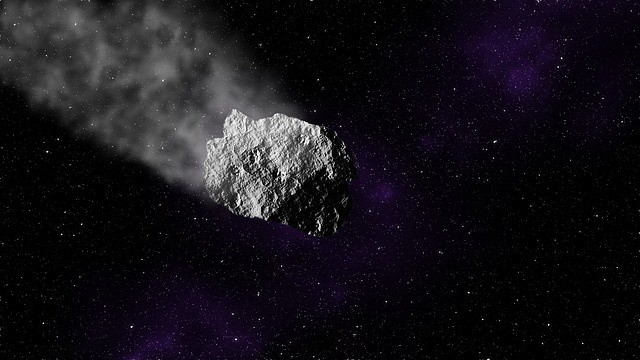
A prospective expedition by researchers will soon be conducted to look for an unknown non-terrestrial object that came from interstellar space.
It crashed into the earth's ocean in 2014 and impact off the Coast of Papua New Guinea, it might be the third object to come into close contact in recent times.
The significance is that it could be evidence of something else out in interstellar space that is inaccessible for now; the other two are 'Oumuamua and Borisov.
Earth Struck by Object From Space
Called CNEOS 2014-01-08, the candidate interstellar object is supposed to measure about a half-meter wide, with interstellar origins that were first recognized by then graduate student Amir Siraj and Harvard professor Avi Loeb, reported Sciencealert.
An undersea expedition to discover it would be a long shot, but the scientific payoff could be enormous.
Examining the data of the unknown trajectory, both Siraj and Loeb think it could be from deeper space, with its extra-speedy velocity. Such speeds could only be propelled by extra gravitational forces in cosmic distances, noted Phys. Org.
Data used to calculate the object's impact on Earth, on the other hand, came from a US Department of Defense spy satellite designed to monitor Earthly military activities.
Due to exact details being missing, the scientific community understandably remains unwilling to officially classify CNEOS 2014-01-08 as an interstellar object. As a result, Siraj and Loeb's paper remains unpublished about the unknown non-terrestrial object and has not yet been peer-reviewed.
The claim was given validity in 2022, after the Chief Scientist of the US Space Force's Space Operations Command, Joel Mozer, analyzed the confidential material in question.
Read also: Cave Sealed Off for 5 Million Years Contains 33 Blind Creatures, Surviving Without Oxygen
He confirmed that the velocity estimate supplied to NASA is accurate enough to indicate an interstellar course.
Suspected Interstellar Object
While the official scientific categorization of CNEOS 2014-01-08 appears to be doomed, for the time being, the declaration by the US Space Force was sufficient to convince Siraj and Loeb of its galactic origin. To find out more if the object can be analyzed, they are proposing a way to learn more.
When the object enters the earth's atmosphere, it burns up in the process. There is a good chance that fragments are lying in the ocean depths. A longshot exists using the satellite data of its trajectory. With wind and data when it fell from the sky, a square of 10km by 10km was worked out.
Scientists hope that magnetic fragments will be drawn from the sea floor by a trawling magnet, which explores the ocean floor for valuable shards by the expedition.
To make it happen, the two scientists are collaborating with an ocean technology consulting firm. They spoke to Universe Today last year, and Loeb stated that looking for the fragments will allow them to find the objects' remains. To determine if it originated naturally or artificially.
Loeb argues that CNEOS 2014-01-08, Oumuamua, and Borisov are not natural and were created by intelligent life. He is the leader of the Galileo Project, which is looking for signs of intelligent life in the universe.
He has ideas that are controversial and willing to see if they are natural or not, finding it will verify his assumptions. An expedition whose aim is to find bits of an unknown non-terrestrial object could verify the origin of CNEOS 2014-01-08.
© 2025 HNGN, All rights reserved. Do not reproduce without permission.








